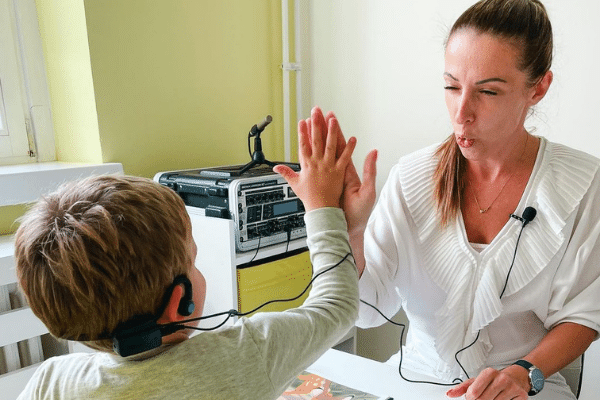Throughout Charlie’s schooling years he floated through each year, ‘flying under the raider’. He successfully avoided the tasks he thought were difficult, usually reading and writing, by using his personality, pleasing the teacher, and copying from his peers. He was very clever at implementing strategies to hide the fact that he struggled with literacy activities, both from a confidence perspective and ability.
DSM5 uses the terms Specific Learning Disorder with impairment in reading (315.00) and Specific Learning Disorder with impairment in written expression (315.2) to describe these problems. This did not come as a surprise to his parents as they had been exploring all angles to help support his learning.
Charlie displayed significant resistance to learning activities that involved decoding, reading, and writing. He would very quickly emotionally dysregulate which could be viewed as a combination of anxiety and as an avoidance strategy. Charlie lacked the confidence to complete tasks by himself and often asked for assistance (especially in the classroom setting). He has received a range of dyslexia intervention programs in and outside the school setting over the course of his 4 years of schooling, with limited successes. Previous interventions include:
- Phonological Intervention: ‘Crack the Code’ 1:1 program delivered daily in the home by parents with a weekly check-in session with the intervention teacher and parent.
- SLP at approx. 4 y.o due to a speech stutter: minimal intervention was provided and symptoms were monitored.
- Tongue-tie surgery at 7 y.o: often connected to speech issues, attachment/emotional regulation issues.
- Physiotherapy/Exercise Physiologist: assessment of gross motor skills eg. Crossing the midline and primitive reflexes.
- Behavioral Optometrist: no vision or visual processing issues
- 1:1 and Small Group reading intervention: Levelled Literacy Intervention (LLI) 3 x weekly in a school setting.
It wasn’t until Charlie’s learning and reading difficulties were fully understood, through the testing process, that he was able to receive the targeted intervention he really needed. His mum knew about Forbrain and began a home-based intervention, under the guidance of an Educational Counsellor and Level 2 Tomatis Practitioner, Emma White. The method of intervention was:
- Forbrain for approx. 10min/day for an average of 4 days/week.
- Forbrain was worn during a phonological learning intervention and/or guided reading.
- Time period: approximately 3 months

After the period of intervention, the most exciting change reported by mum was that Charlie had developed the confidence to read independently and now chooses to read in his spare time!
He still has a distance to travel to ‘catch up’ with his peers although with his new enthusiasm and improved self-efficacy it will surely be at a faster speed. Mum reported a range of improvements, also observed by the Tomatis practitioner:
- Charlie has improved his reading ability by 2 PM levels (standardized testing system utilized in Australia to gauge reading ability) within the reading program utilized at his school
- Charlie is voluntarily choosing to read books in his leisure time: he is excited to get to the end of a book as he is now able to enjoy the story, not just ‘read the words’.
- He has gained confidence when reading short passages eg in homework sheets: he will complete these independently and is proud of his work.
- There is less resistance when engaging him in learning activities outside of school: fewer moments of emotional dysregulation and avoidance.
The Forbrain headset was integral in helping Charlie achieve his recent successes. The number of previous interventions seemed fruitless as his learning outcomes remained static or with little movement. The benefits of Forbrain reach far with its’ ability to support concentration, and focus as well as build confidence, along with forging stronger neural pathways needed for reading and writing. For more insights on how to help a child with dyslexia at home, be sure to read our detailed article on the topic.
Learn how you can use Forbrain here.

.png?width=1900&name=blog_banner%20(1).png)
.png?width=600&name=affiliate%20email%20(2).png)

